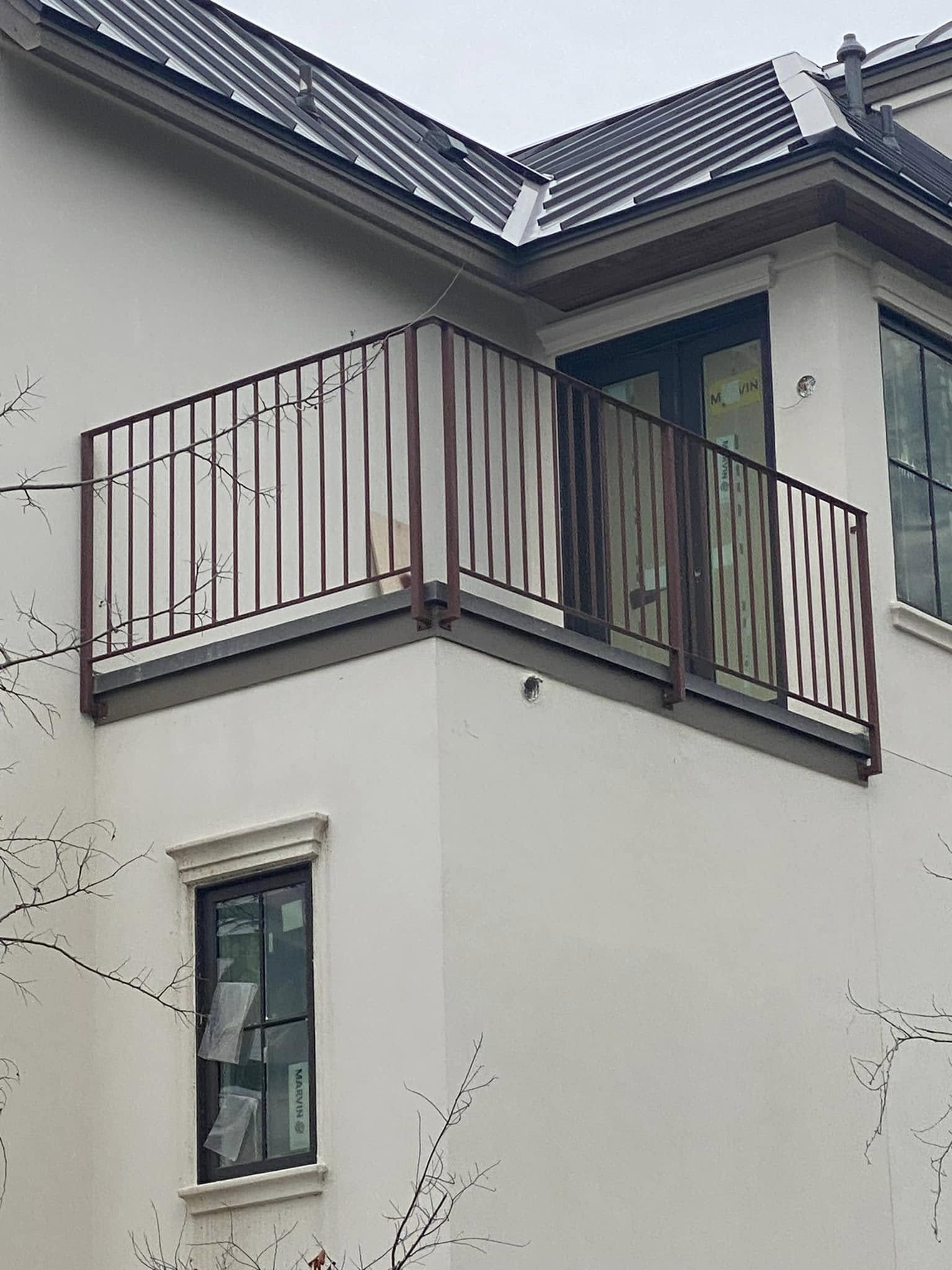
Mastering the Art of Aluminum Welding: Tips and Techniques from Perez Brothers Aug 19, 2025
Aluminum, known for its lightweight and high-strength properties, is a popular choice in many industries, including automotive, aerospace, and construction. However, welding this metal can be particularly challenging due to its thermal properties and the oxide layer that forms on its surface. Understanding these challenges is crucial to achieving welds of high quality and durability.
One of the primary considerations in aluminum welding is choosing the right equipment. Metal inert gas (MIG) and tungsten inert gas (TIG) welding are the most common methods used for aluminum. Each has its advantages; MIG welding is generally quicker and easier for welding thicker materials, while TIG welding offers more precision, which is essential for thin gauges of aluminum. Selecting the appropriate method depending on your project’s requirements is a critical first step.
Before starting the welding process, proper preparation of the aluminum surface is essential. Removing the oxide layer is crucial because it has a higher melting point than the aluminum itself, which can lead to contamination and weak welds. Using a dedicated stainless steel wire brush to clean the aluminum immediately before welding will help ensure a clean and strong join.
Heat control is another critical factor in aluminum welding. This metal conducts heat faster than steel, which can lead to burn-through if not carefully managed. Using a heat sink during welding can help dissipate excess heat and prevent deformation or warping of the aluminum. Also, understanding the adjustments required for voltage and wire feed speed in MIG or selecting the correct amperage in TIG can make a significant difference in the quality of the weld.
When it comes to technique, maintaining a steady hand and consistent travel speed is vital. These factors influence the penetration and bead appearance. In TIG welding, a slight weaving motion can be beneficial for wider beads, while maintaining a consistent angle of the torch relative to the workpiece ensures clean and precise welds. For MIG welding, keeping the wire fed continuously into the weld pool is key to avoiding porosity, which can compromise the weld's integrity.
Safety should always be at the forefront of any welding project. Wearing appropriate personal protective equipment, including gloves, welding helmet, and flame-resistant clothing, protects against the high-intensity light and heat produced during the welding process.
In conclusion, mastering aluminum welding requires a blend of the right equipment, diligent preparation, and precise technique. At Perez Brothers Welding, we emphasize continuous learning and practicing these aspects to enhance our service quality. By following these tips, you can significantly improve your aluminum welding skills and produce consistently high-quality results. Whether you're a beginner stepping into the world of welding or a seasoned professional looking to refine your craft, these foundational principles are essential to achieving excellence in aluminum welding.
For more assistance and expert advice, reach out to Perez Brothers Welding, where our team is always ready to assist you with your welding challenges.
/filters:no_upscale()/media/e6de14e5-b0b2-4ef4-8ddd-f621922bd37c.jpg)
/filters:no_upscale()/filters:format(webp)/media/94e1642f-e210-452f-bef5-b0ba95e388b5.jpg)